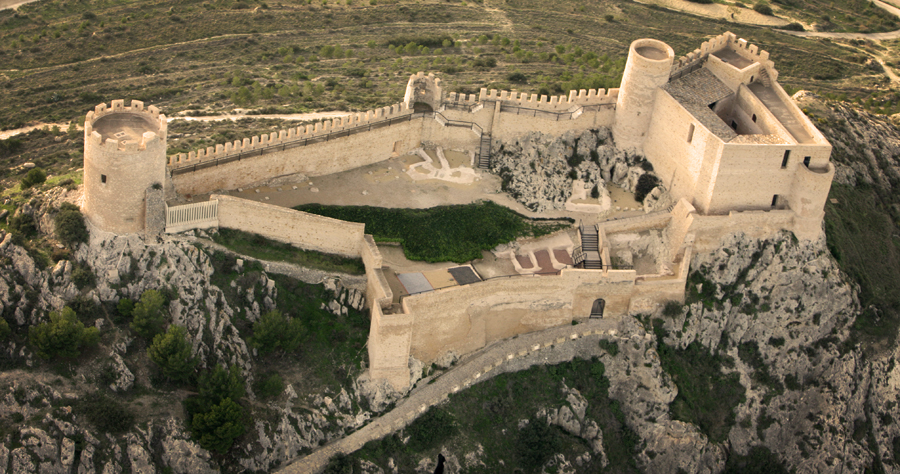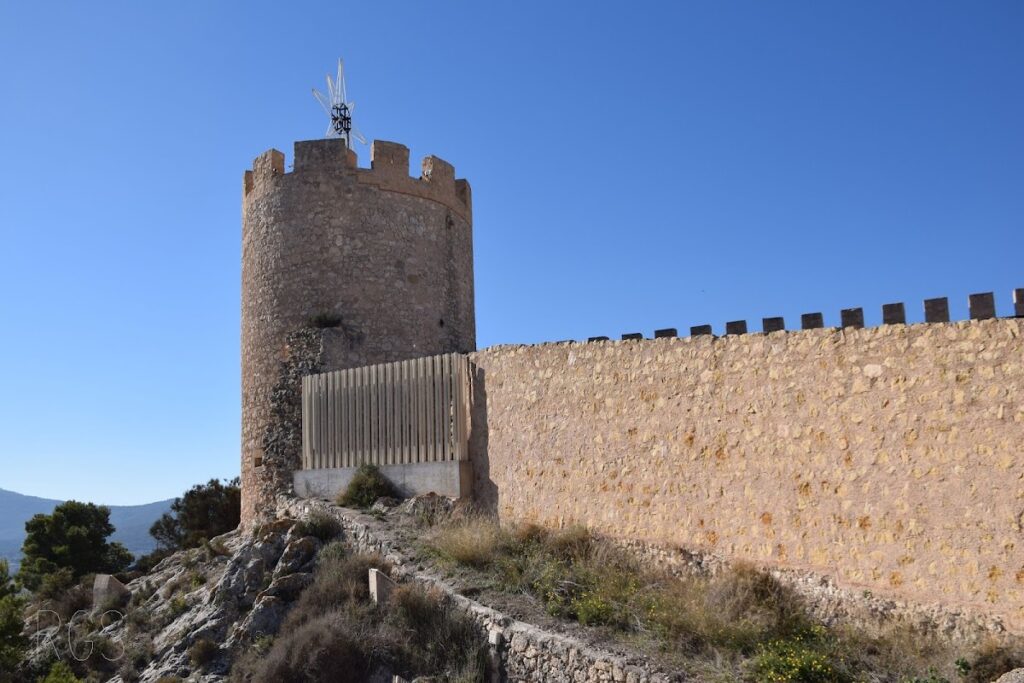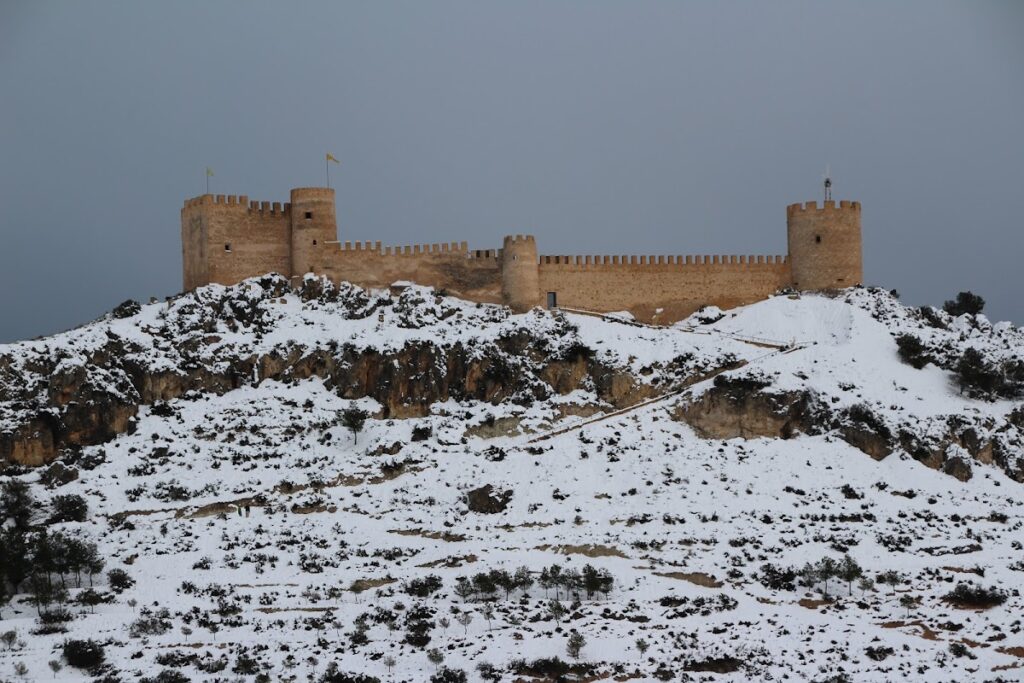Castle of Castalla: A Historic Fortress in Spain
Visitor Information
Google Rating: 4.4
Popularity: Low
Google Maps: View on Google Maps
Official Website: www.turismocastalla.com
Country: Spain
Civilization: Unclassified
Remains: Military
History
The Castle of Castalla is situated in the town of Castalla in modern-day Spain. Originally constructed in the 11th century, this fortress was built by Islamic builders atop older remains dating back to Neolithic and Iberian-Roman times, reflecting a long history of settlement at the site.
In 1251, the castle changed hands through a peaceful agreement when King Jaime I of Aragon annexed it to the Kingdom of Valencia. This transfer occurred as part of an exchange involving Ximen Pérez D’Arenós, an ally of the Muslim ruler Abu Zayd, allowing Christian control without armed conflict. During the 14th century, the castle entered a new phase under Christian rule when King Pedro IV of Aragon granted it to the noble Ramón de Vilanova i Lladró in 1362. This established the barony of Castalla and led to significant renovations and expansions, including the construction of a palace and a courtyard area known as the “Patí d’Armes,” reflecting the castle’s transformation from purely military fortress to a noble residence.
In the late 16th century, specifically in 1579, a new watchtower called the Torre Grossa (Thick Tower) was constructed. Its purpose was to provide a vantage point for guarding against raids by North African pirates, who threatened coastal and inland settlements during this period.
The castle played a military role again during the War of Spanish Succession (1701–1713), serving as a supply base for Philip V’s supporters, indicative of its ongoing strategic importance. Subsequently, during the Peninsular War against Napoleonic France, the fortress witnessed two notable battles. In 1812, French forces under General Suchet captured the castle, but in 1813, the defenders successfully expelled the French, contributing to the decline of their hold in the Valencia region.
Following this last military encounter, the castle was abandoned and gradually fell into ruin. Local inhabitants dismantled parts of the structure to reuse building materials, and the site became subject to excavations motivated by tales of hidden treasures. Ownership passed in 1729 to the Marquises of Dos Aguas, later shifting to the local church in the early 20th century, before finally becoming municipal property in 1989. Today, the castle is protected as a cultural heritage monument under Spanish law.
Remains
Perched atop a hill approximately 780 meters above sea level, the Castle of Castalla features an elongated layout enclosed by walls made of rammed earth, locally known as tapial. This construction technique involves compacting layers of earth to create sturdy, thick walls, which are reinforced at intervals by cylindrical towers called cubos. Together, these walls form a defensive perimeter around the site.
Within the enclosure, three main elements define the fortress’s layout: the walls themselves, the formidable Torre Grossa, and the palace complex. The palace, built in the 14th and 15th centuries, has a rectangular plan and includes two circular towers situated diagonally at opposite corners. It centers around a courtyard, beneath which lies a large underground cistern or aljibe, designed to collect and store rainwater, essential for sustaining occupants during sieges.
The Torre Grossa, erected in the late 16th century—records cite either 1579 or 1597 as possible dates—is a circular tower serving as the castle’s keep. Crafted from the same rammed earth as the walls, its entrance is framed by large cut stones, known as ashlar blocks, arranged with wedge-shaped units called voussoirs forming the arch. Inside, traces of Gothic decorative moldings remain on chamber walls, indicating a blend of military and stylistic construction elements. Positioned centrally within the castle, this tower provided both defense and observation.
The main curtain wall, the outermost protective barrier, was completed in the latter half of the 16th century. It displays battlements with a characteristic tooth-like or crenellated design, which allowed defenders to shield themselves while observing or attacking assailants. Additional towers and scattered structures remain within the enclosure, though these are more fragmentary.
One notable feature added in the 20th century was a large statue of Jesus Christ, erected in 1929 atop the Torre Grossa. This stone sculpture stood seven meters tall on a five-meter pedestal, making it visible from nearby villages; however, it was destroyed during the Spanish Civil War and no longer exists. The site’s water cistern still stands as a testament to the castle’s self-sustaining design, underscoring how essential resource management was integrated into fortress planning.
Together, these features reflect the castle’s layered history, from its Islamic origins through Christian modifications and later military roles, preserving elements that reveal evolving defensive needs and adaptations across centuries.










